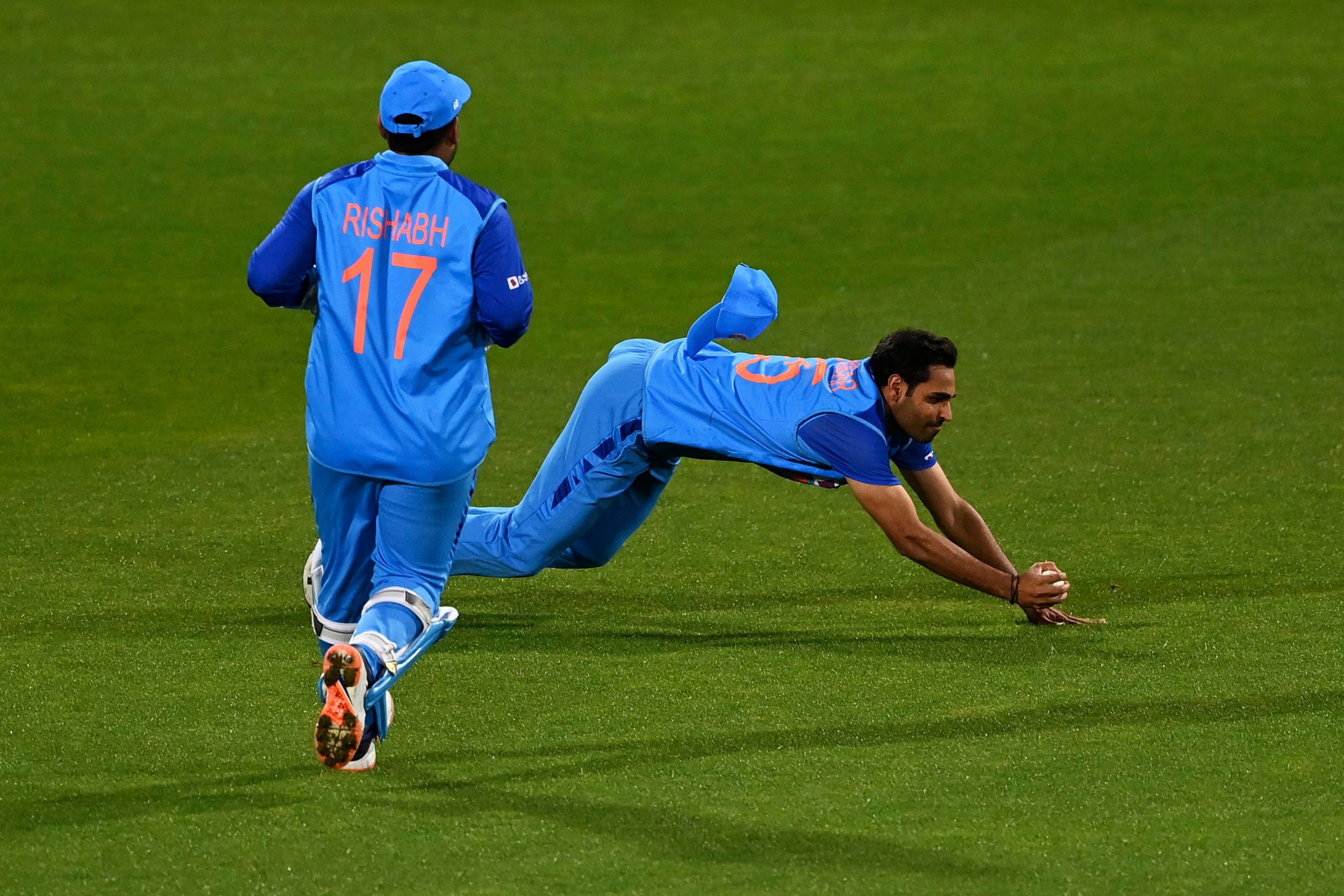The third T20I between India and New Zealand was halted due to rain at the McLean Park, Napier on Tuesday. Chasing 160 runs, Hardik Pandya and co were 75/4 after nine overs.
The DLS par score after nine overs in 75 runs. India is exactly at the point. So, in case, the game doesn’t resume, the match will be tied and the Men in Blue will win the series 1-0.
How is DLS score calculated?
The DLS technique adjusts the target based on the availability of resources, taking into account both wickets and overs. A team has all of its resources—20 overs and 10 wickets—available at the start of an innings. The number of balls and wickets left at any given time is expressed as a percentage using the DLS method.
This is determined using a method that analyses statistics (ODI and T20, men’s and women’s) from a sliding four-year window and takes into account the score pattern in international matches. The DLS changes when score trends change since a new year’s worth of data is uploaded on July 1 of every year.
By estimating how many runs teams should have scored—and would have scored—if the resources available to both sides were equal, the DLS technique determines targets and results. The formula can be written out easily as follows to calculate a target: Team 1’s score multiplied by (Team 2’s resources / Team 1’s resources) gives Team 2’s par score. In international cricket, a computer programme is used to determine the resource values.







